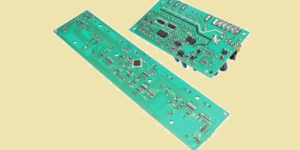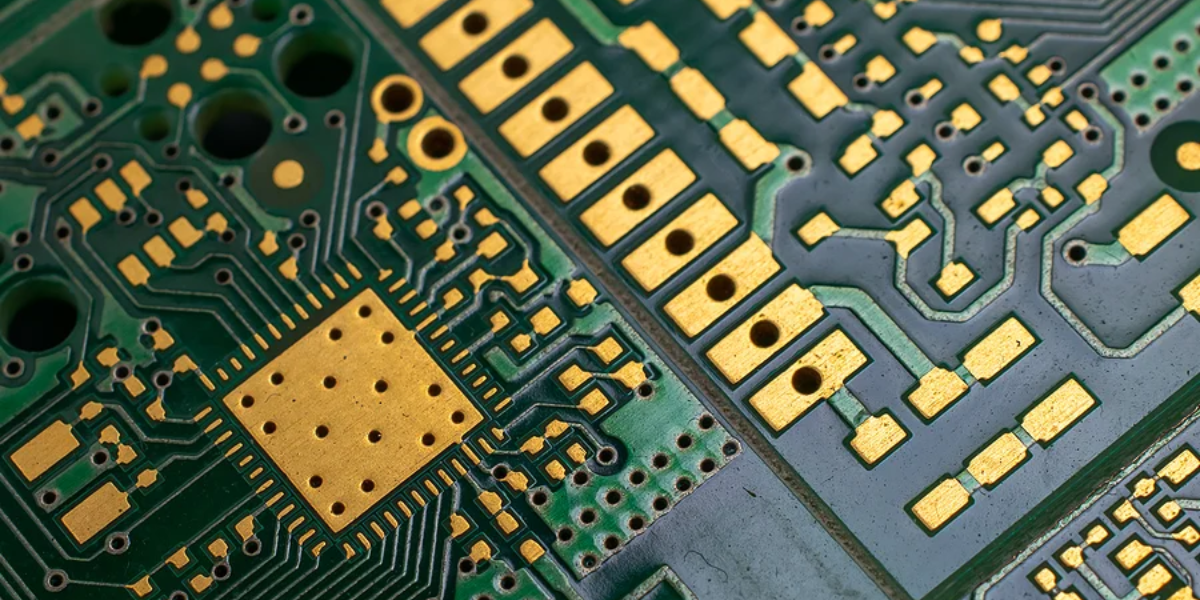HS Code Electronic
Electronic products are ubiquitous in today’s global market, driving international trade and commerce. However, navigating the complexities of importing and exporting electronic goods requires a fundamental understanding of the Harmonized System (HS) codes. These codes, developed by the World Customs Organization (WCO), provide a standardized framework for classifying products traded internationally. For electronic devices and components, HS codes play a crucial role in determining tariffs, duties, and regulatory compliance. In this comprehensive guide, we delve into the intricacies of HS code classification for electronics, offering insights into their structure, importance, and practical application in international trade.
What are HS Codes?
HS codes are a standardized system used to classify goods for international trade. Each product is assigned a unique code, typically comprising six to ten digits, which provides a detailed description of its characteristics. This classification facilitates the smooth flow of goods across borders by ensuring uniformity in customs procedures, tariff calculations, and statistical data collection. HS codes cover a wide range of products, including electronics, machinery, chemicals, and textiles, among others.
Importance of HS Codes for Electronics
In the realm of electronics, HS codes serve several critical functions. Firstly, they enable customs authorities to accurately identify and categorize electronic products for regulatory purposes. Whether it’s a smartphone, computer, or semiconductor component, each item is assigned a specific code based on its characteristics, materials, and intended use. This classification is essential for determining applicable tariffs, duties, and taxes, thereby ensuring compliance with trade regulations.
Understanding HS Code Structure for Electronics
HS codes for electronics follow a hierarchical structure that provides detailed information about the product being traded. The first two digits represent the chapter, which broadly categorizes goods into sections such as machinery, electronics, or vehicles. Subsequent digits provide further specificity, narrowing down the classification to the product’s type, function, and materials. For example, electronic integrated circuits may fall under Chapter 85, with additional digits specifying whether they are processors, memory modules, or other components.

Identifying the Correct HS Code
Determining the appropriate HS code for a specific electronic product requires careful analysis of its features and characteristics. Manufacturers and exporters must conduct a thorough examination of the item’s technical specifications, composition, and intended use to accurately classify it according to the HS code system. Additionally, consulting official customs databases, trade publications, or seeking professional advice can help clarify any uncertainties and ensure compliance with regulatory requirements.
Implications for Import-Export Businesses
For import-export businesses dealing with electronic goods, understanding HS codes is essential for optimizing supply chain efficiency and minimizing compliance risks. Accurate classification enables companies to calculate import duties and taxes accurately, assess market competitiveness, and streamline customs clearance processes. Moreover, it facilitates strategic decision-making regarding sourcing, pricing, and market expansion, ultimately enhancing the overall competitiveness and profitability of the business.
Challenges and Considerations
While HS codes provide a standardized framework for trade classification, navigating the complexities of electronic products can pose challenges for businesses. Rapid technological advancements, product innovation, and evolving regulatory requirements necessitate continuous monitoring and adaptation to ensure compliance and mitigate risks. Additionally, discrepancies in interpretation, regional variations, and changes in tariff schedules can further complicate classification efforts, requiring vigilance and expertise to address effectively.
In conclusion, HS codes play a pivotal role in the international trade of electronic products, providing a standardized framework for classification, regulation, and compliance. Understanding the structure, importance, and implications of HS codes is essential for import-export businesses seeking to navigate the complexities of global trade effectively. By accurately classifying electronic goods, businesses can optimize their supply chain operations, mitigate compliance risks, and capitalize on opportunities in the dynamic global marketplace.
Electronic Repair Shops Near Me
Finding reliable electronic repair shops nearby is essential for resolving technical issues and maintaining the functionality of electronic devices. Whether it’s a malfunctioning smartphone, a faulty laptop, or a broken home appliance, Electronic Repair Shops Near Me offer expertise and services to diagnose and fix a wide range of problems. By searching online directories or using location-based apps, consumers can easily locate reputable repair shops in their vicinity. These establishments typically offer prompt and professional repairs, ranging from hardware replacements to software troubleshooting, ensuring that customers can quickly restore their devices to optimal working condition. With convenient access to electronic repair services, individuals can prolong the lifespan of their devices, minimize e-waste, and save money on costly replacements.







